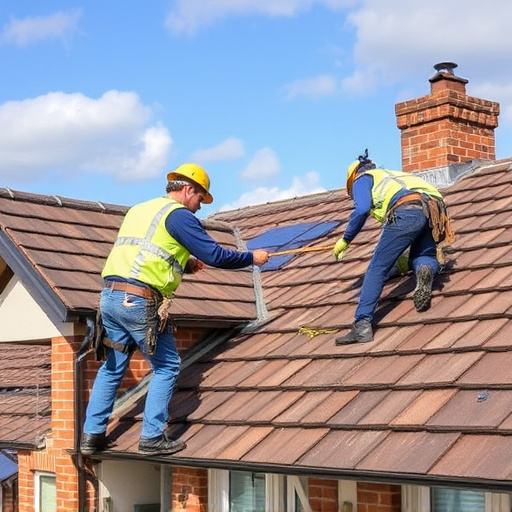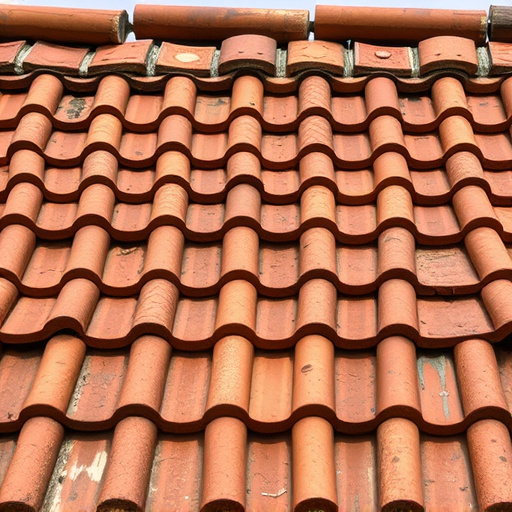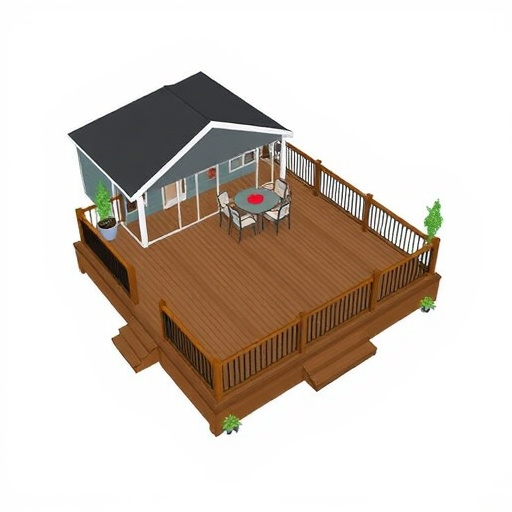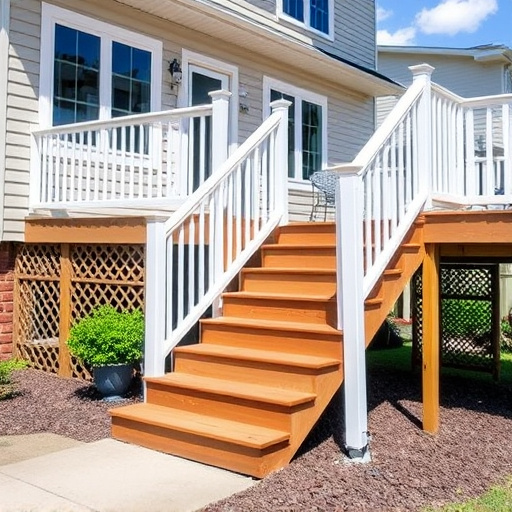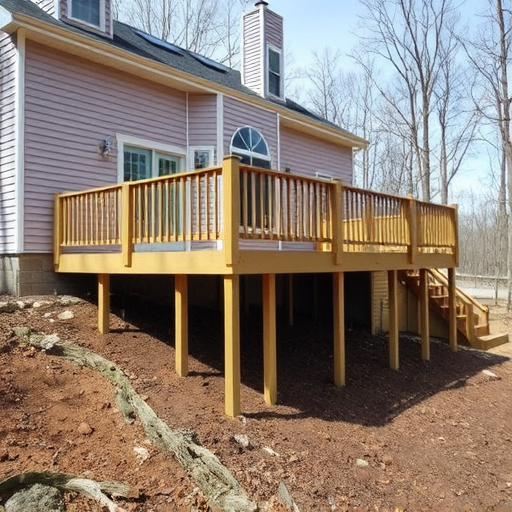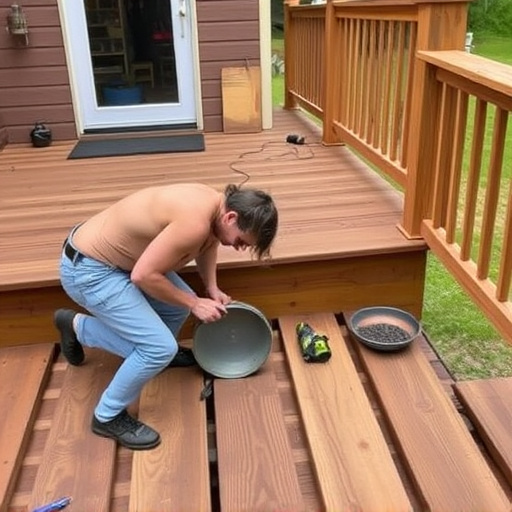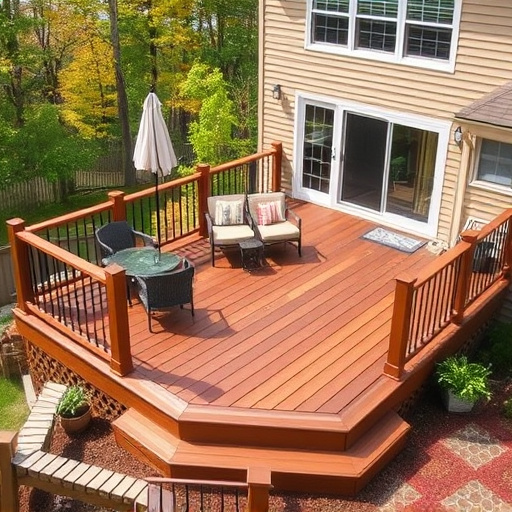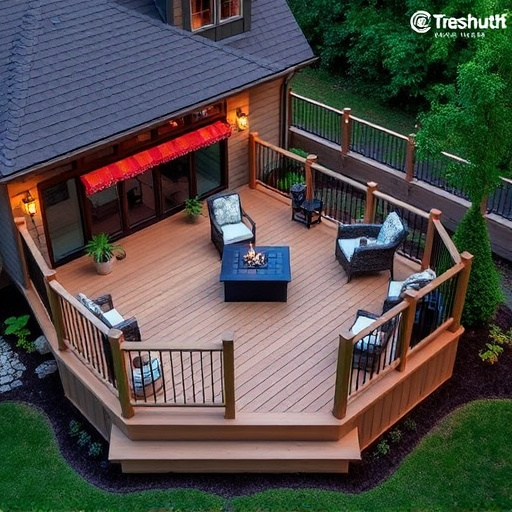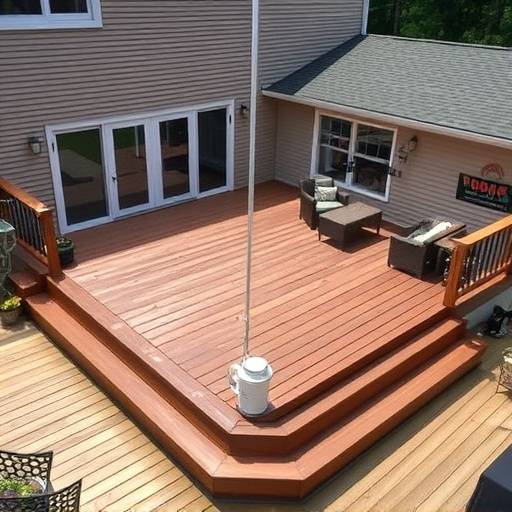Immediate professional attention is crucial for structural deck damage, including cracks, warping from rot or termites, and loose boards, which pose safety risks. Regular inspection, cleaning, sealing, and repairs prevent escalation of issues like mold growth and moisture damage. Addressing deck problems early avoids costly siding and roofing repairs while ensuring aesthetic appeal and safety.
Is your deck showing signs of wear and tear? From structural damage like cracks and warping to loose or missing boards, regular deck maintenance is crucial for safety and aesthetics. This guide breaks down key indicators that your deck needs immediate attention, focusing on structural integrity, board condition, and the telltale signs of rot and mold growth. Learn how to identify these issues early and ensure a safe, inviting outdoor space.
- Structural Damage: Cracks and Warping Decks
- Loose or Missing Boards: A Safety Hazard?
- Rot and Mold Growth: Signs to Watch Out For
Structural Damage: Cracks and Warping Decks
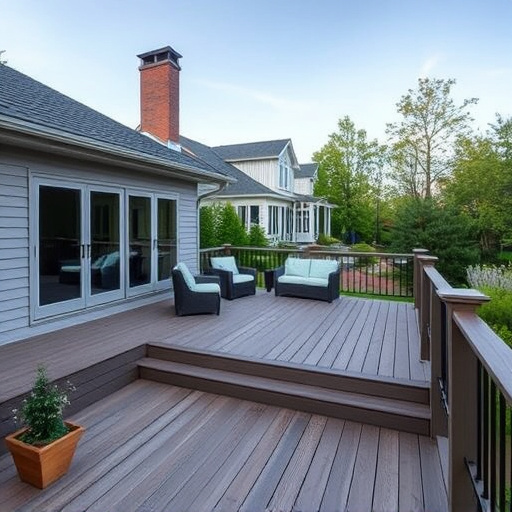
Structural damage is one of the clearest signs that your deck needs immediate attention from a professional. Cracks in the decking boards or severe warping indicate significant structural weakness, which can pose safety risks and lead to further deterioration. These issues often develop due to factors like dry rot, termite infestations, or excessive moisture exposure. Regular inspection is key; small cracks and warps early on might be repairable, but they can escalate into larger problems if left unattended.
Decks with substantial structural damage may require replacement parts, reinforcement, or even complete reconstruction. Timely deck maintenance, including regular cleaning, sealing, and repairs, is essential for preventing such issues. Professional siding and roof repair services can also play a role in deck preservation, addressing any interconnected problems with surrounding areas of your home’s exterior.
Loose or Missing Boards: A Safety Hazard?
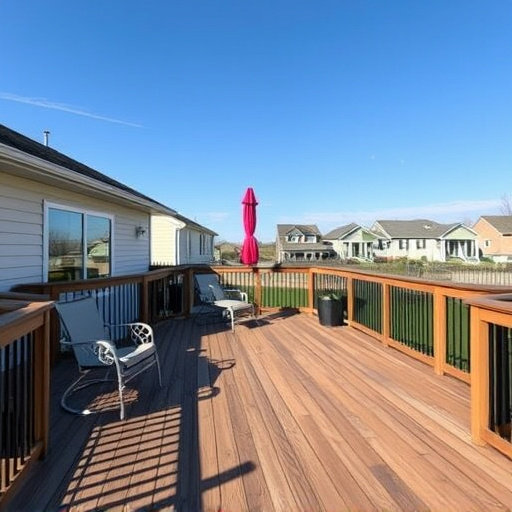
Loose or missing boards on a deck can pose a significant safety hazard. Not only do they create uneven surfaces that could lead to trips and falls, but they also indicate underlying issues with structural integrity. Over time, exposure to elements like rain, snow, and UV rays can weaken wooden boards, causing them to rot or break away from the deck’s framework. This not only compromises the aesthetics of your outdoor space but also poses a real risk to anyone using it.
Regular deck maintenance includes inspecting all boards for any signs of damage or loose connections. If you notice any boards that feel loose or have come entirely detached, it’s crucial to address these issues promptly. Ignoring loose or missing boards can lead to further damage and even more costly repairs down the line. Consider a siding replacement or exterior home improvements as part of your deck maintenance routine to ensure both safety and longevity for your residential siding.
Rot and Mold Growth: Signs to Watch Out For
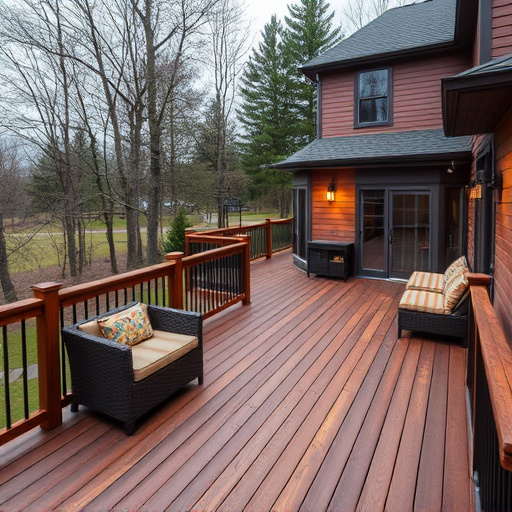
The health of your deck is crucial not just for aesthetics but also for safety. One of the most significant red flags to watch out for is rot and mold growth, which can compromise structural integrity and create hazardous conditions. Regularly inspect your deck for signs of moisture damage or soft, crumbling wood—these are indicators of potential rot. Look for discolored patches, especially in areas that are consistently wet, as this could point to mold infestation. Mold not only affects the appearance but also poses health risks; it can lead to respiratory issues and allergic reactions.
If you notice any warping, cracking, or loose boards, these are clear signals that your deck requires immediate attention. Such issues suggest structural damage caused by prolonged exposure to moisture, which can be a result of poor drainage around the exterior home improvements or siding services. Prompt action is essential; neglecting these signs could lead to more extensive and costly repairs down the line, from exterior home improvements to specialized siding services.
If your deck exhibits any of the signs mentioned above, such as structural damage, loose or missing boards, or rot and mold growth, it’s crucial to address these issues promptly for both safety and aesthetic reasons. Regular deck maintenance is key to preventing serious problems and ensuring your outdoor space remains a safe and enjoyable area for years to come. Prioritizing timely repairs will not only extend the lifespan of your deck but also enhance its beauty and value, allowing you to continue to create lasting memories with family and friends.


